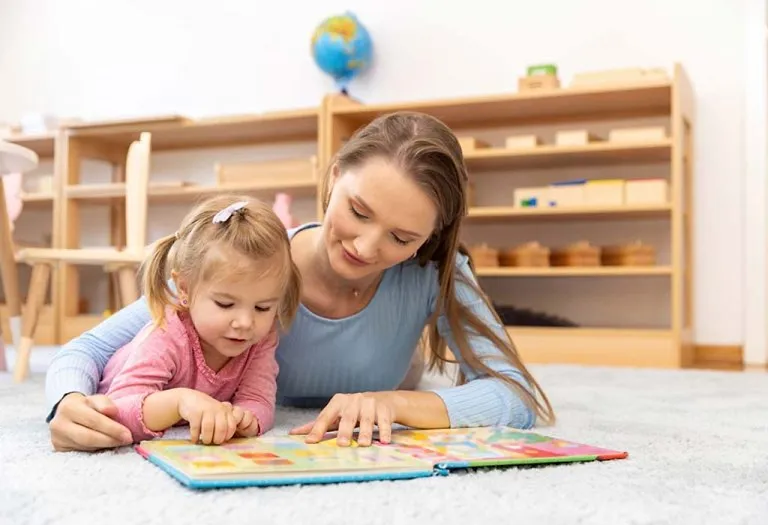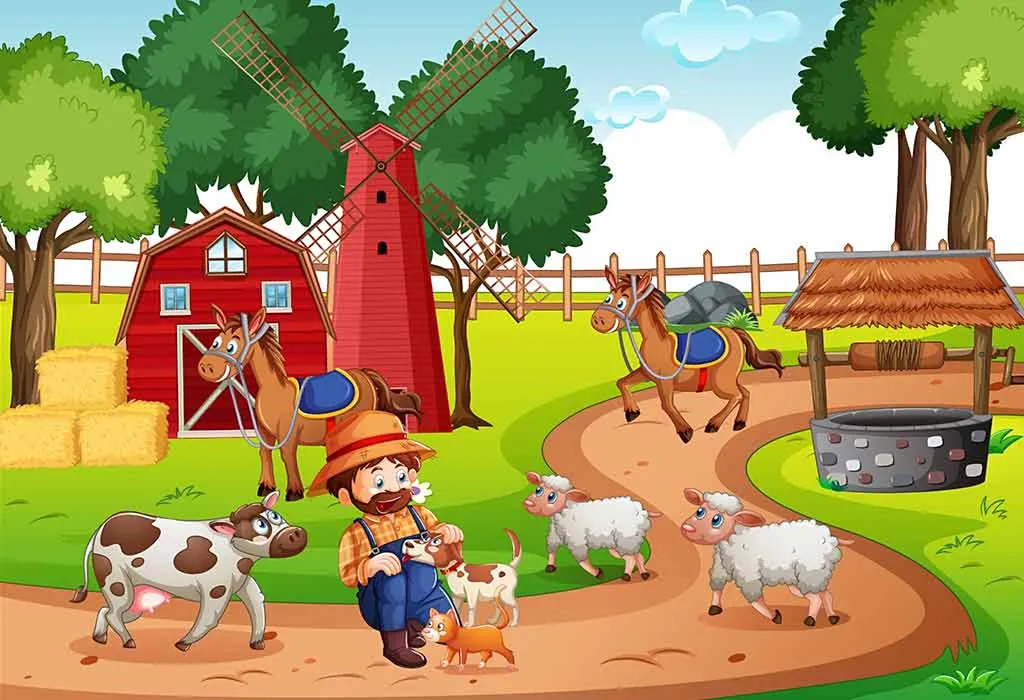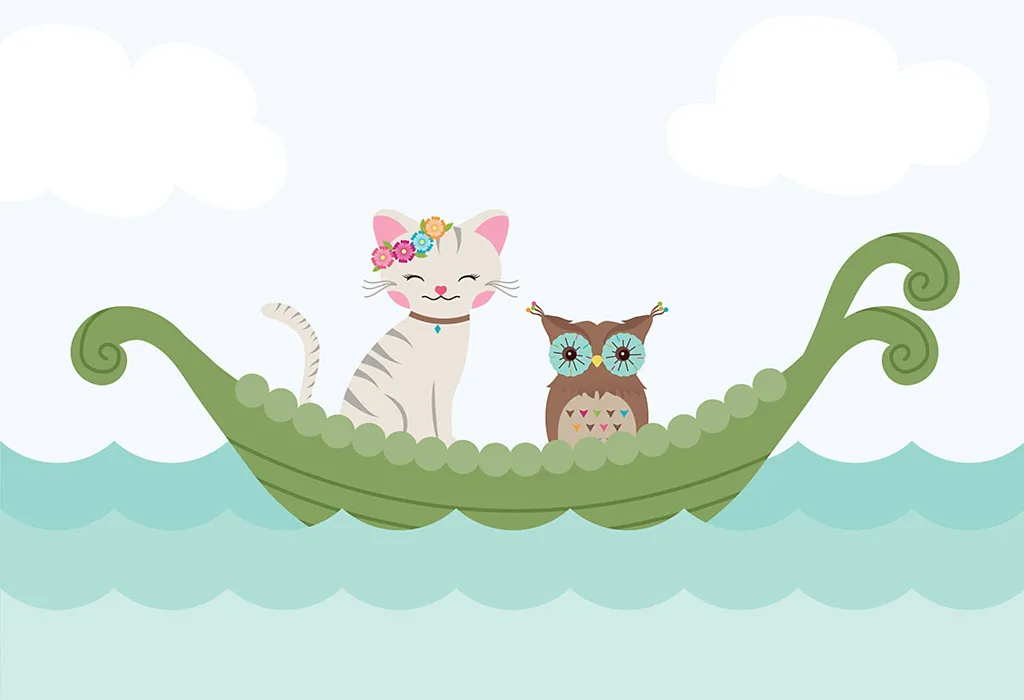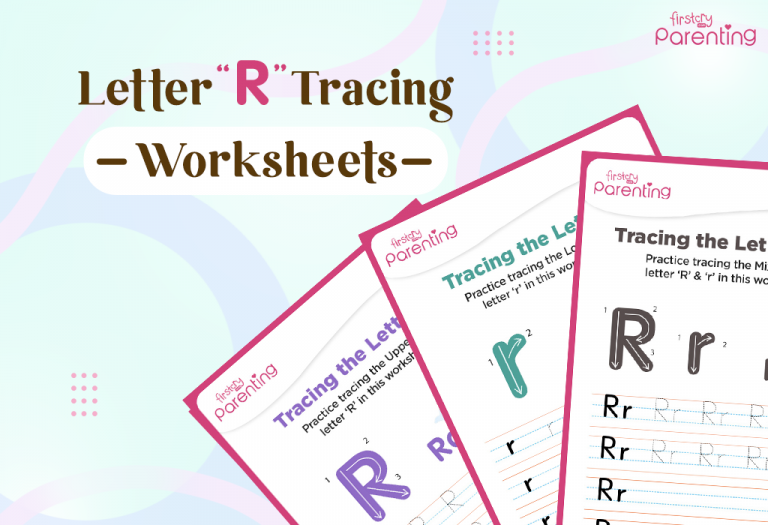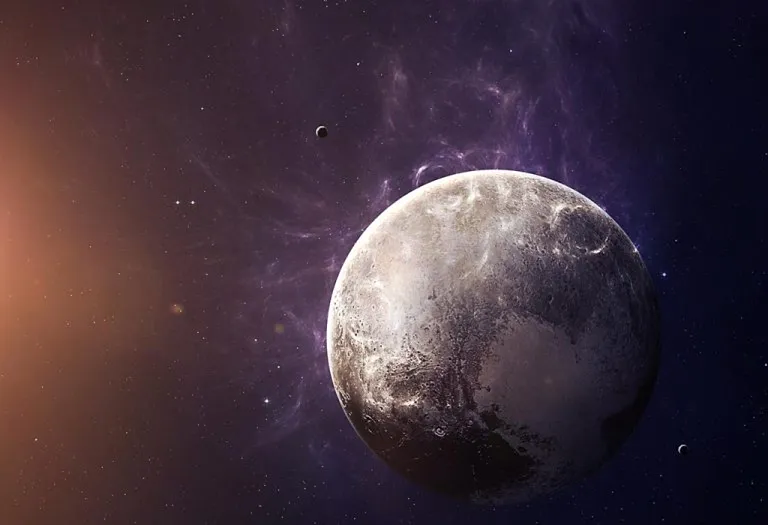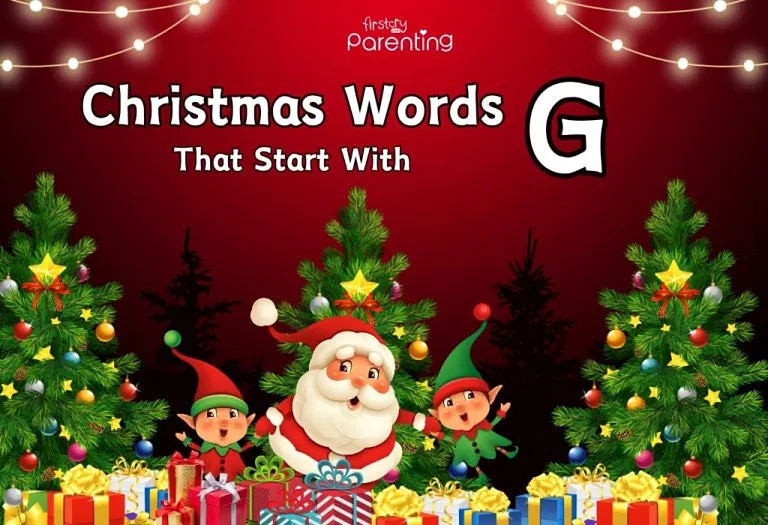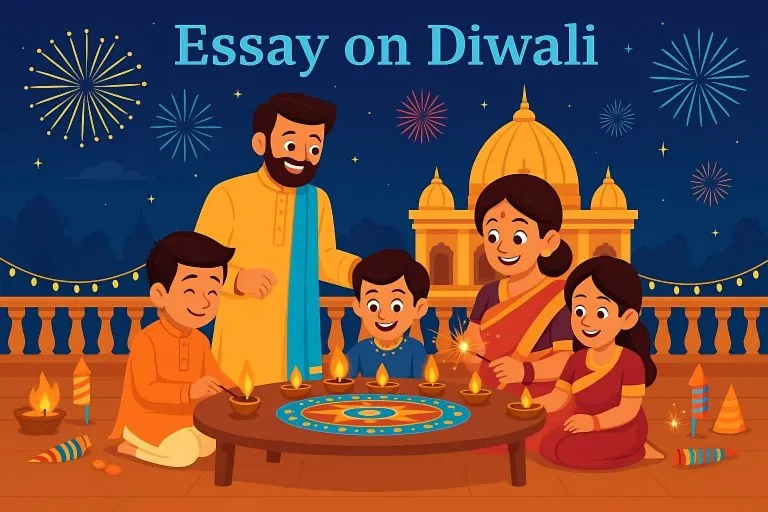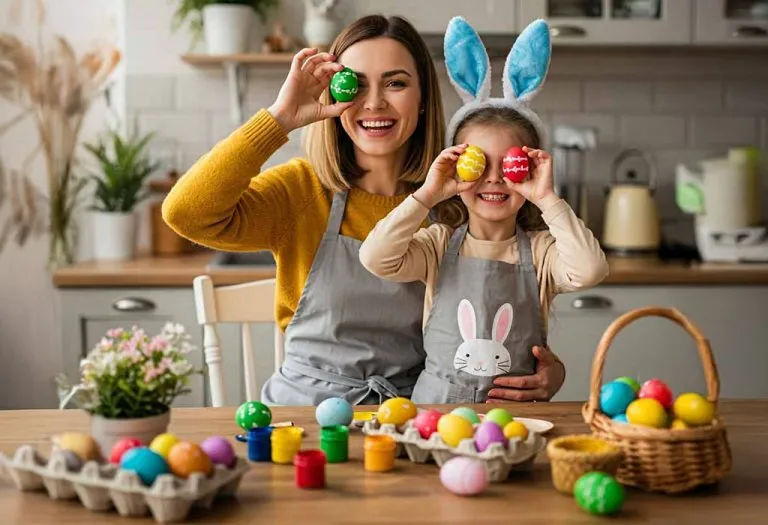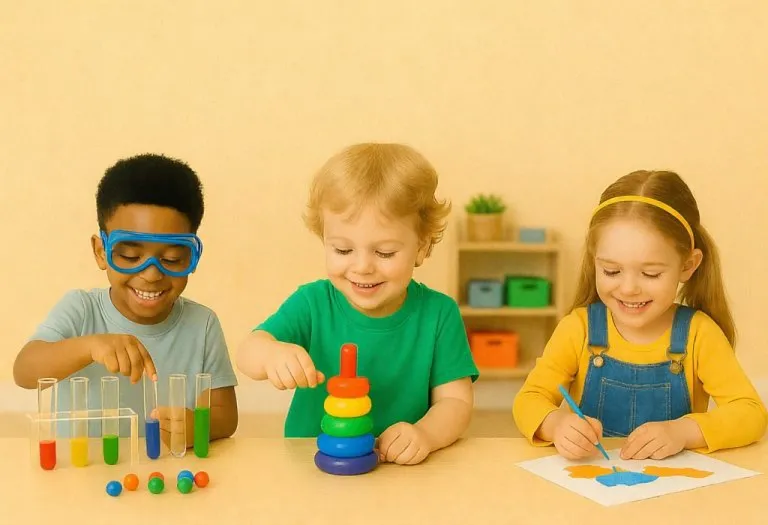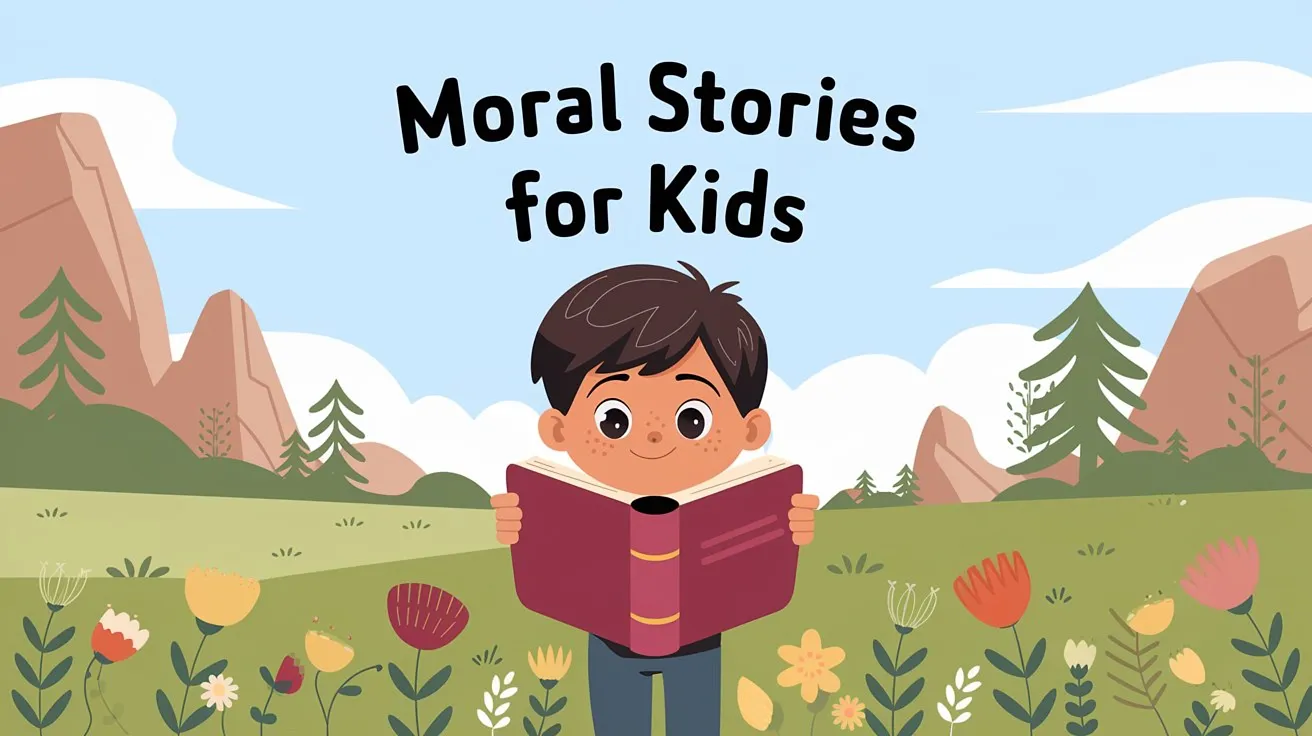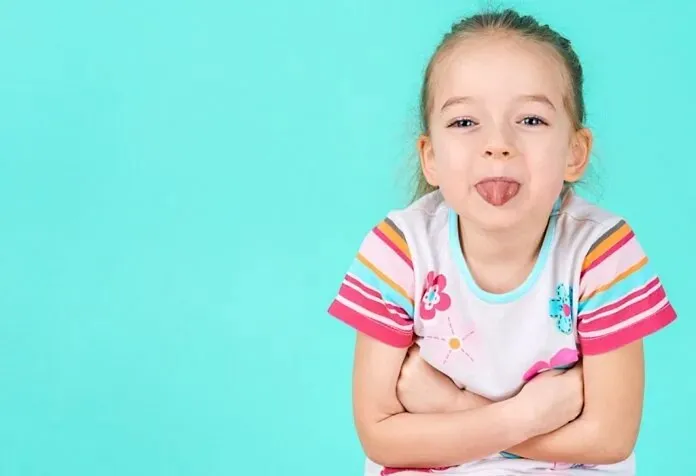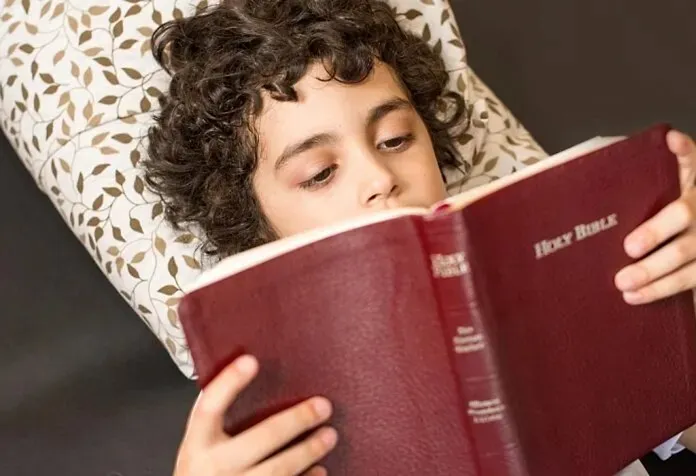5 Famous Onomatopoeia Poems for Kids
Literature, especially poetry, has the kind of power to convert words to life, and for children, it is most likely to be most captivating, fun, and imaginative. Onomatopoeia poems are especially fun for children because they read out the sounds of things kids can spot in their environment. These poems take some of the simplest sounds in the world, from the buzz of a bee to the clang of a bell, making learning about them fun and exciting in children’s minds. By teaching funny onomatopoeia poems to children, we not only snap their interest in language but also assist in correlating the sounds with their world.
What Are Onomatopoeia Poems?
Onomatopoeia poems are poetry in which the names of objects sound like the object or action they describe. These poems use sound words like ‘buzz’, ‘clang’ or ‘whisper’ to bring the text to life, thus making the reading experience fun and creative.
Best Onomatopoeia Poems for Kids
Here are some of the best children’s poems with onomatopoeia, where the playful use of sound words makes these poems unforgettable.
1. “The Bells” By Edgar Allan Poe
Hear the sledges with the bells –
Silver bells!
What a world of merriment their melody foretells!
How they tinkle, tinkle, tinkle,
In the icy air of night!
While the stars that oversprinkle
All the heavens seem to twinkle
With a crystalline delight,
Keeping time, time, time,
In a sort of Runic rhyme,
To the tintinnabulation that so musically wells
From the bells, bells, bells, bells,
Bells, bells, bells –
From the jingling and the tinkling of the bells.
2. “Old MacDonald Had a Farm” (Traditional Nursery Rhyme)
Old MacDonald had a farm,
E-I-E-I-O,
And on that farm, he had a cow,
E-I-E-I-O,
With a moo moo here and a moo moo there,
Here a moo, there a moo, everywhere a moo moo,
Old MacDonald had a farm,
E-I-E-I-O.
3. “The Owl and the Pussycat” By Edward Lear
The Owl and the Pussycat went to sea
In a beautiful pea-green boat,
They took some honey and plenty of money,
Wrapped up in a five-pound note.
The Owl looked up to the stars above,
And sang to a small guitar,
“O lovely Pussy! O Pussy, my love,
What a beautiful Pussy you are,
You are,
You are!
What a beautiful Pussy you are!”
4. “Boo to a Goose” By Mem Fox
I’d never say boo to a goose,
I’d never call pigs fat!
I’d never dress a chicken
In a hat or a cravat!
But if I met a dinosaur,
I’d shout, “How do you do!”
And if I met a crocodile,
I might just say, “Boo!”
5. “Click Clack Moo: Cows That Type” By Doreen Cronin
Farmer Brown has a problem.
His cows like to type.
All day long, he hears:
Click, clack, moo.
Click, clack, moo.
Clickety, clack, moo.
How to Create an Onomatopoeia Poem?
These poems can be as funny and imaginative as you like, making them a perfect way to engage young minds. Here’s how you can get started on crafting your own funny onomatopoeia poems:
- Start by picking a theme that interests you, such as animals, weather, or everyday sounds. This will help you focus your poem and make it more relatable.
- Think of all the sounds related to your theme. For example, if your theme is a farm, you might list words like “moo,” “cluck,” and “oink.”
- Try to create a rhythm in your poem by rhyming words or repeating certain sounds.
- Combine your sound words with descriptive language to paint a vivid picture. This will make your poem more engaging and fun to read.
- Experiment with placing the sound words at a line’s beginning, middle, or end to see where they have the most impact.
- Onomatopoeia poems don’t need to be complex. The simpler and more fun they are, the more likely kids will enjoy them.
- Finally, read your poem out loud. Onomatopoeia is all about sound, so hearing it will help you decide if it works well.
FAQs
1. Can onomatopoeia poems be written in any style?
Definitely! Onomatopoeia poems can be whimsical and playful or serious and dramatic. They can be written in a specific pattern, such as rhyme and rhythm, or with no specific pattern at all. Therefore, the words used in the poem should be well-selected to describe the mood or what is happening in the poem.
2. What age group is best suited for onomatopoeia poems?
Onomatopoeia poems are typically for children ages 3-8 because they engage them through sound and rhythm. However, older kids can also enjoy these poems by including them in their own writing.
3. How can onomatopoeia help with language development?
Onomatopoeia helps kids develop language by showing how words can sound like the noises they describe. This makes learning new words fun.
Onomatopoeia poems are a wonderful way to introduce children to the joys of language through sound and rhythm. The playful use of sound words brings stories and experiences to life, which makes them more memorable. So, allow the kids to write their own short onomatopoeia poems and let the many poetic sounds be their inspiration.
Also Read:
Holiday Poems for Kids
Sweet Weather Poems for Ki
Spring Poems For Kids
Was This Article Helpful?
Parenting is a huge responsibility, for you as a caregiver, but also for us as a parenting content platform. We understand that and take our responsibility of creating credible content seriously. FirstCry Parenting articles are written and published only after extensive research using factually sound references to deliver quality content that is accurate, validated by experts, and completely reliable. To understand how we go about creating content that is credible, read our editorial policy here.






